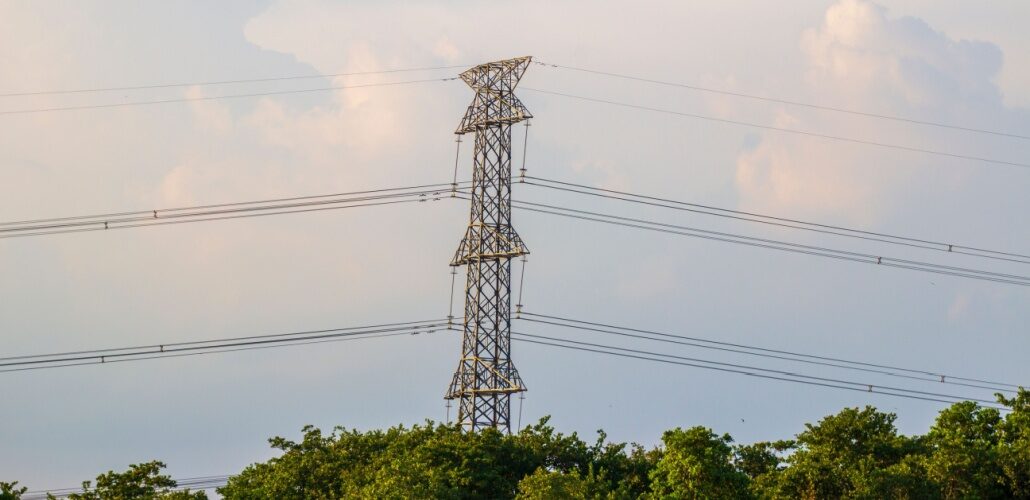Transforming UK Energy Infrastructure with a 500-Kilometre Renewable Super Highway
The problem with a new energy "super highway" flowing south out of Scotland "isn’t that it’s going to England", but instead about who will benefit.

Image for illustation purposes.
The newly announced Eastern Green Link 2 (EGL2) is a major infrastructure project designed to connect Peterhead in Aberdeenshire to Drax in North Yorkshire via a 500-kilometre cable. This project, a joint venture between National Grid and SSEN Transmission, aims to transport renewable energy between Scotland and England, with most of the cable laid under the North Sea. Scheduled for completion in 2029, EGL2 represents a £4.3 billion investment in the UK’s electricity transmission infrastructure.
Experts have weighed in on the implications of this “super highway.” Professor Paul de Leeuw from Robert Gordon University highlights the importance of this project in the context of increasing electricity demand, which is expected to double over the next 25 years. He emphasizes that such infrastructure is crucial for achieving net-zero emissions and enhancing energy security. De Leeuw sees the North Sea as a potential hub for multi-energy systems, including wind power, energy storage, and carbon capture.
Dr. Ewan Gibbs from the University of Glasgow argues that the issue is not the transportation of electricity to England but rather who benefits from Scotland’s energy resources. Despite Scotland generating more electricity than it consumes, many Scottish households still face high energy costs and fuel poverty. Gibbs points out that the electricity system is run for profit by companies that emerged from the privatisation of the British energy sector, such as Scottish Power, which is now part of the Iberdrola group based in Spain.
Both experts agree that while the EGL2 project is beneficial for energy security, there is a need to address issues of ownership and profit distribution within the energy sector. They suggest that more control over resources and supply chains could help ensure that Scotland benefits more from its renewable energy potential.
Ofgem, the UK’s energy regulator, supports the project as part of its commitment to achieving clean power by 2030. The EGL2 is seen as a step towards speeding up network regulation and reinforcing the onshore grid to handle increased electricity flows from renewable sources.
Overall, the EGL2 project is viewed as a significant opportunity to enhance the UK’s energy infrastructure, but it also raises important questions about energy equity and the distribution of benefits from renewable resources.
Source: The National
#Carbon capture#Clean power goals#Eastern Green Link 2#Energy equity#energy infrastructure#Energy ownership#energy security#Fuel poverty#Multi-energy systems#National Grid#Net-zero emissions#North Sea cable#Ofgem#renewable energy#Renewable energy transmission#Scottish Power#SSEN Transmission#UK#UK electricity grid



